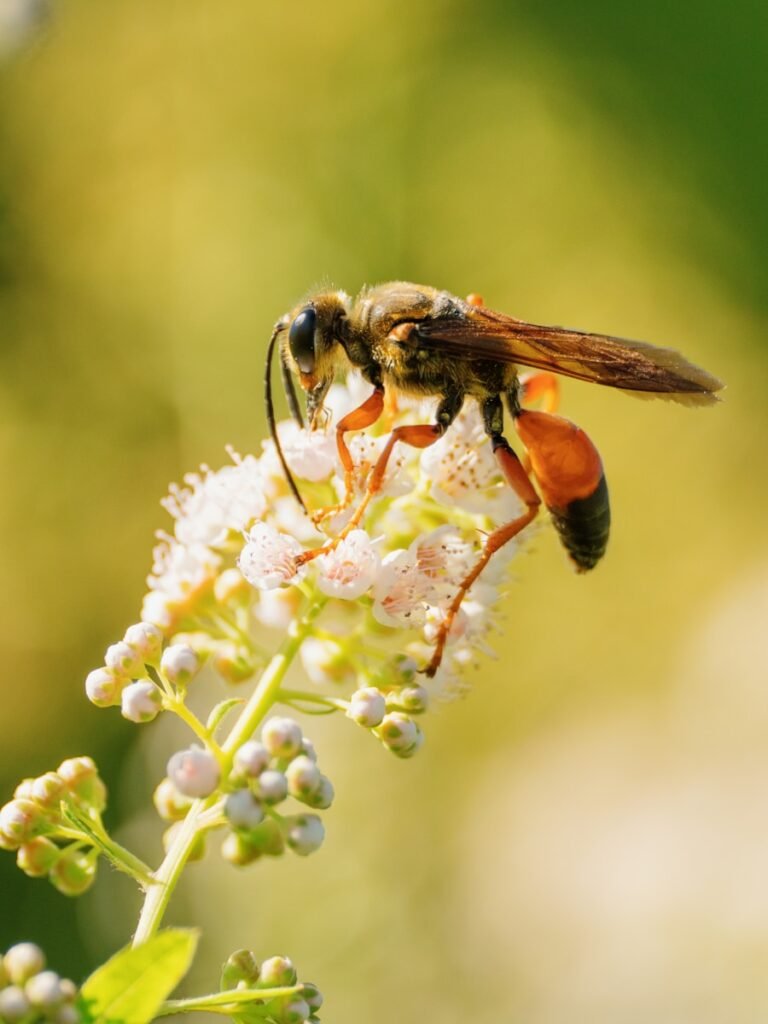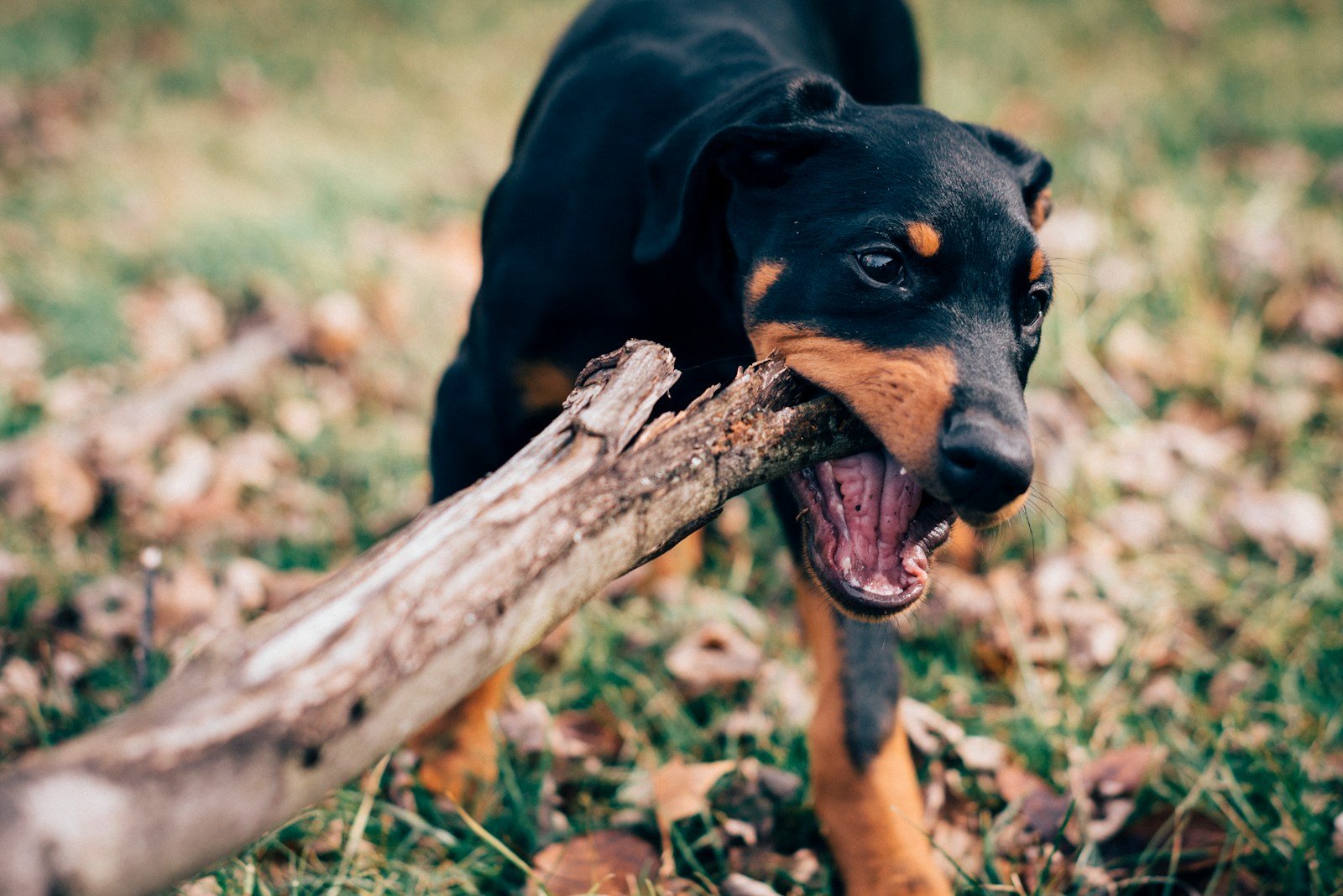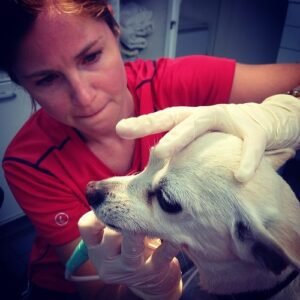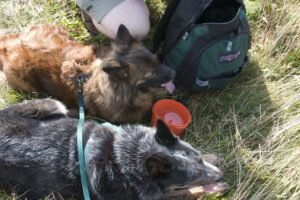Most dog bites occur around the neck, face, ears, and the upper chest area. And although most skin punctures from other canine teeth look simple and clean, there is often a considerable amount of damage through the flesh. Injuries, bites, or stings from insects and venomous animals are often difficult to find and administer symptomatic treatment.
Contact your veterinarian if the dog shows any agitation at all.
Below are several bite and sting descriptions as well as how to best deal with them.
Dog Bites

1. If you are witnessing two dogs fighting each other then be careful not to get yourself injured when trying to separate them. A safe and effective way to break up two dogs is by throwing cold water on them. Be sure to allow the dog some time to calm down before examining for possible injuries. If you spot skin that has been lacerated or punctured, clip the hair away from the wound.
2. Remove all of the clipped hair then carefully wash the area with warm water and a mild disinfectant. To prevent further hair from getting inside of the wound and causing irritation, apply a small amount of petroleum jelly around the outside of the bite.
3. If the skin is punctured, then take the dog to the vet to receive some sort of antibiotic treatment. If the skin is lacerated, then be sure to apply antiseptic cream to the area. Do not be alarmed if bruising occurs. If the laceration is severe enough then your dog may need to get stitches.
Bee And Wasp Stings
While playing outside your dog may experience being stung by a wasp or a bee. Although both types of insects are similar, they each leave a different sting.
Wasp and hornet stings

Wasp and hornet stings cause pain and swelling.
Some dogs are very sensitive and allergic to stings and will react badly.
If there is acute swelling to the mouth then immediate veterinarian care is vital.
Bee Sting

When a bee stings your dog, it leaves an embedded stinger in the skin.
If you suspect that your dog has been stung by a bee then examine the area carefully to pinpoint the stinger. Once located, remove the stinger with a pair of tweezers. You may need to look through a magnifying glass just to be sure you get the entire stinger unlogged. If there is excessive swelling once the stinger is removed, then apply an icepack.







